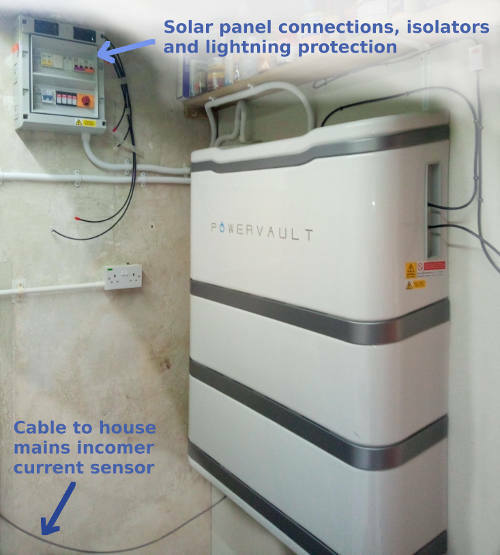We currently use electricity for general lighting, cooking and heating three upstairs bedrooms and two bathrooms with far infrared ceiling panels.
Downstairs radiators and water heating are through an oil fired boiler.
We plan to stay in the house for at least ten more years and would be really interested in replacing the oil fired system with a completely electric system (even if we don’t get all our money back) using cheap off peak power and batteries.
If we got rid of the oil tank, we have a large concrete base that could house these.
We’d need a water heating system and six new electric radiators.
Can current batteries large enough to last the whole day, especially in winter, be charged up from off peak power?
We live in an old Grade II listed building and do not want to use solar panels.
Is this is a feasible option?
Best answer by nealmurphy
View original









